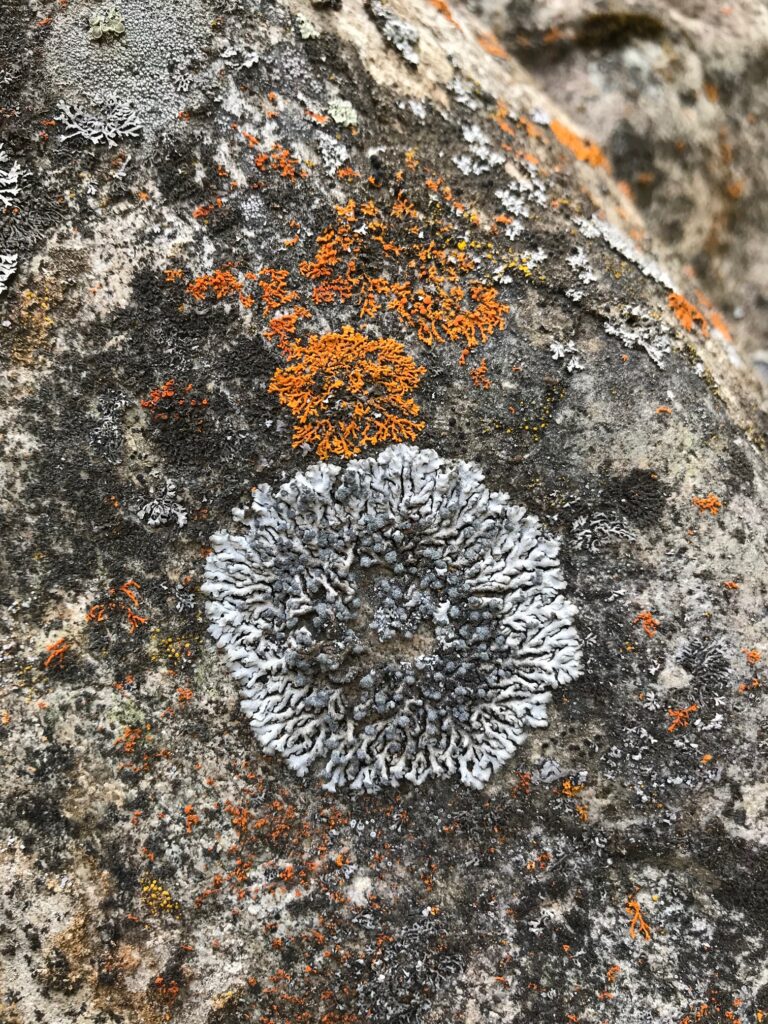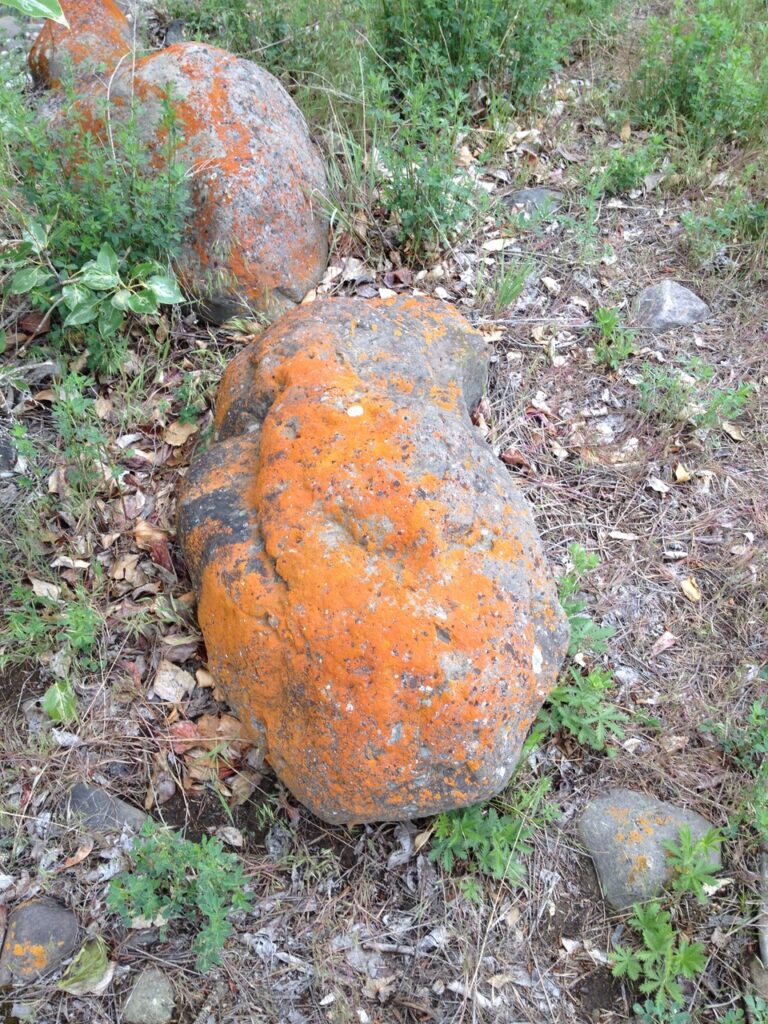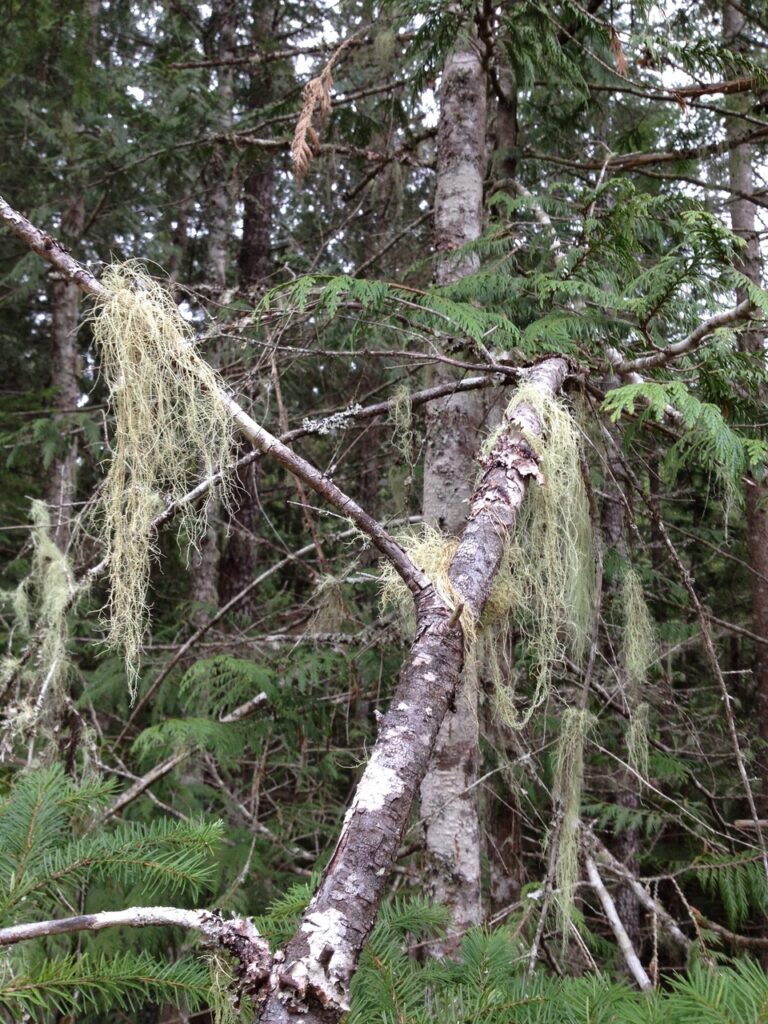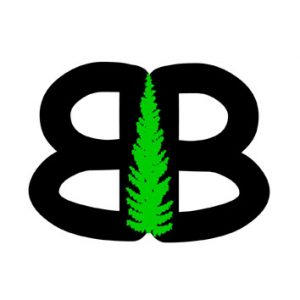Amazing Lichens

Lichens are one of life’s amazing life forms and found around the world. They are a symbiotic relationship between a fungus and a photosynthetic algae or cyanobacteria. The fungus provides the structure or shape of the lichen and housing for its photosynthetic partner. The algae or cyanobacteria provide food in the form of carbon compounds, such as sugars. They can grow on rocks, trees, and even roofs or machinery that is stored outdoors. There are three basic forms of lichen: Crustose (encrusting) lichen, foliose (leaflike) lichen, and fruticose (shrublike) lichen. It can be really difficult to correctly identify lichen species, so I’m not going to try to make an accurate identification of the ones in the pictures. They are from around B.C. Canada.

They are often found growing with mosses. Some lichens tend to be incredibly slow growing with some only growing a couple of millimetres a year! This is one reason we should be aware of our actions when we are in the backcountry. Driving across lichen covered rocks can destroy lichens that took tens to hundreds of years to grow to a large size.

They are considered a pioneer species as it is one of the first to start growing in cleared areas, such as by fire or volcanic activity. They can also takes up minerals from rain and moist air, which makes them susceptible to air borne pollutants, such as, sulfur dioxide (acid rain). So if an area is losing lichens it could be a sign of air pollution.

Lichens are also part of the food chain and eaten by various animals, including the icon Caribou in North America and Reindeer in Northern Europe to Russia. They are the same species Rangifer tarandus. Lichen is an important winter food source for the Caribou/Reindeer. With the unknown effects of climate change on the northern part of the planet and pollution both lichen and Caribou/Reindeer could be seriously affected.
